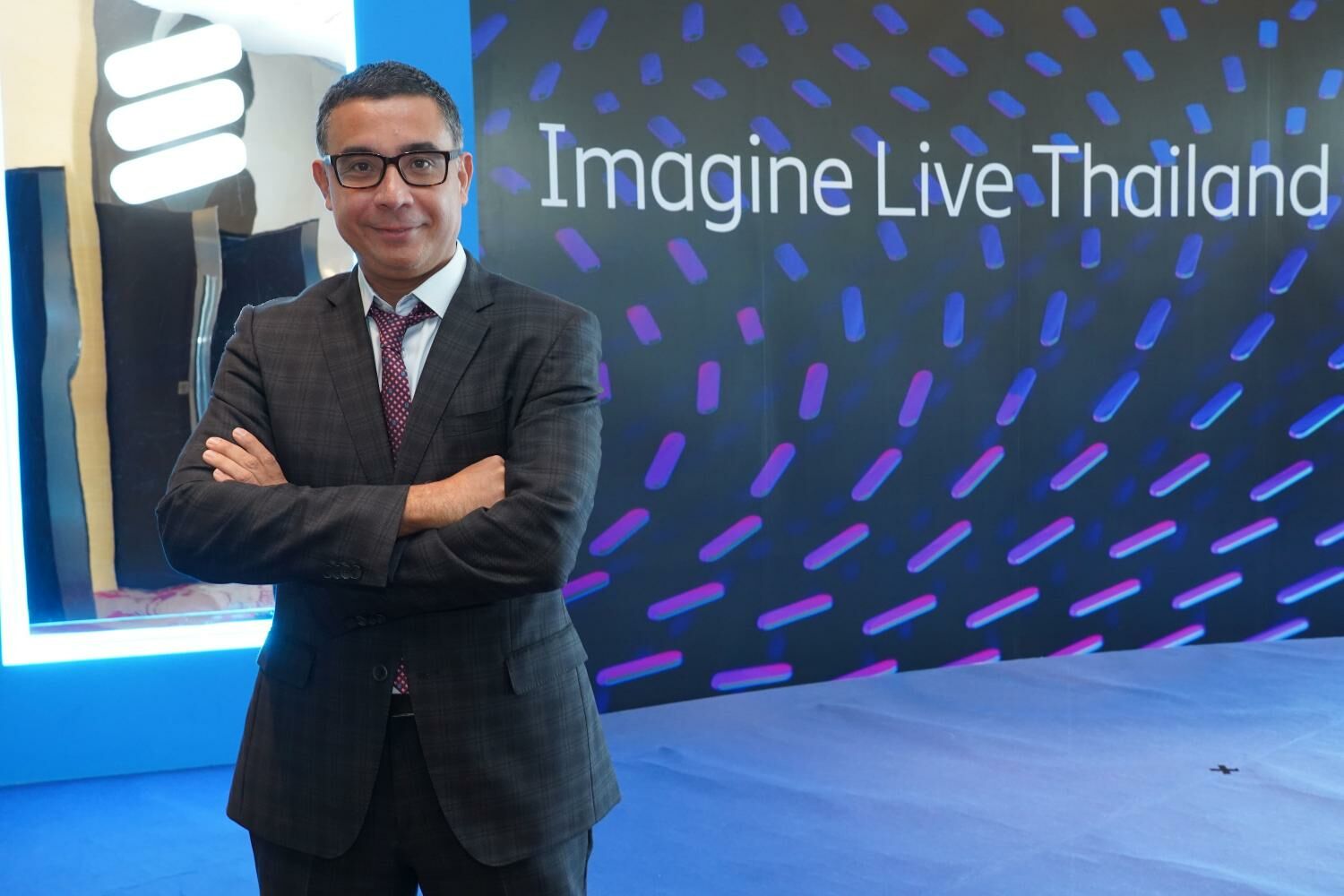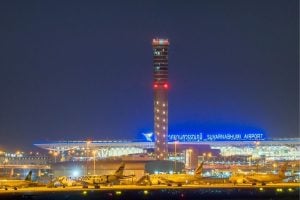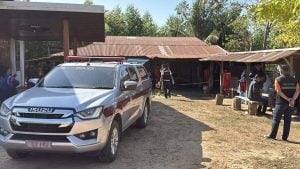Ericsson Thailand’s 5g vision: Auctioning spectrum for king-sized connectivity

To boost 5G development in the kingdom, Ericsson Thailand advises the auctioning of the 3,500-megahertz spectrum by 2025, thus ensuring the best economic value and meeting consumer and enterprise needs. If the National Broadcasting and Telecommunications Commission (NBTC) fails to allocate the 3,500MHz spectrum range by then, it may have to reallocate the 2,300MHz spectrum after 2025 when the National Telecom’s spectrum usage rights expire.
Igor Maurell, head of Ericsson Thailand, suggests that the reallocation of the 2,300MHz spectrum could help existing telecom operators optimise the spectrum, complementing the middle bands currently used for 5G service provision. The auction or reallocation should be based on affordable prices to attract potential telecom operators.
The 3,500MHz range is globally acknowledged as an integral part of the middle band for 5G development. Its adoption by mobile phone operators for 5G is a top priority. Europe already has operators offering 5G commercial service through various networks and devices using the 3,500MHz range.
Maurell emphasises that adopting 5G on 3,500 MHz would bolster Thailand’s regional competitiveness, enhancing network capability, performance, and value creation through monetising fixed wireless access (FWA) services for consumers and businesses.
A working panel was previously established by the NBTC to prepare for the auction of 3400-3700 megahertz licences, but the plan was abandoned after the 5G licences auction in February 2020. Maurell recognises Thailand’s progressive stance on 5G, noting its dynamic market and tech-savvy consumers.
Ericsson estimates reveal that Thailand had over 85% of 5G population coverage at the end of 2022. It predicts data consumption per subscription in Thailand to increase from 32.7 gigabytes (GB) per month in 2022 to nearly 80 GB per month in 2025. As data traffic and 5G subscriptions are expected to increase by 300% and 500% respectively by 2028, 5G is anticipated to manage the growing network capacity requirements.
Innovations in 5G use cases and technology were exhibited at Ericsson’s recent Imagine Live Thailand 2023 event. The event highlighted energy-efficient radio solutions, holographic communications, digital twins, and network automation demonstrations.
Maurell suggests that to keep up with the high growth rate and demands in the Thai market, Thailand needs to evolve its 5G infrastructure through the 5G standalone (SA) network. This would support future services such as AR/VR gaming, remote control, and industrial and urban control efficiently.
The 5G SA, which is progressively being deployed globally, offers faster content access, improved throughput, and supports network slicing, 5G reduced capability (RedCap), and VoNR (voice-over new radio).
Maurell also encourages the diversification of Thailand’s digital infrastructure to attract foreign direct investment (FDI). Although Thailand’s data consumption and 5G adoption are rapidly increasing, it lags behind some regional countries in terms of 5G development. He cites Malaysia’s 5G, which is now the world’s fastest, as an example.
The Indian market’s 5G network rollout, considered the world’s fastest with 100,000 sites within ten months, is another point of interest. Additionally, he emphasises the importance of zero-touch operations for secure, reliable, and efficient network operations.
Follow more of The Thaiger’s latest stories on our new Facebook page HERE.
Latest Thailand News
Follow The Thaiger on Google News:


























